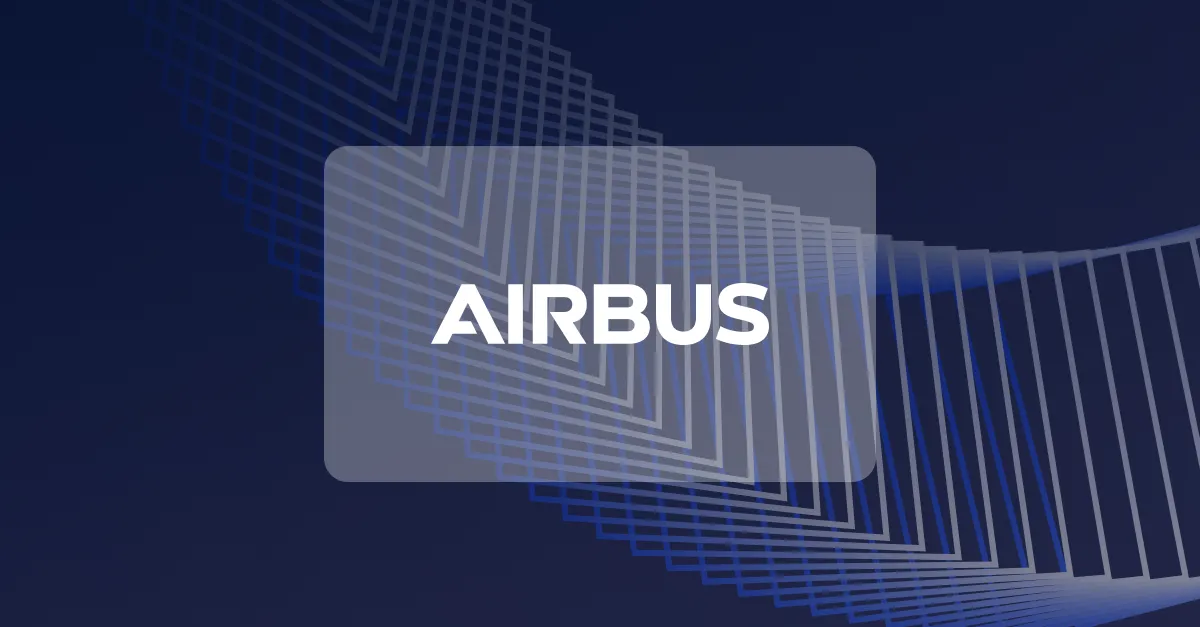Allow users to interact more intuitively with your data, surfacing and personalizing content otherwise hidden or scattered across too many documents to consume in one sitting.
Infinitely Customizable Retrieval Augmented Generation (RAG) Systems

.webp)
%20copy.webp)

%20copy%203.png)

%20copy%202.webp)
%20copy%206.png)

.webp)
%20copy.webp)

%20copy%203.png)

%20copy%202.webp)
%20copy%206.png)

.webp)
%20copy.webp)

%20copy%203.png)

%20copy%202.webp)
%20copy%206.png)

.webp)
%20copy.webp)

%20copy%203.png)

%20copy%202.webp)
%20copy%206.png)
On-the-fly interaction with your data
Enable knowledge discovery for customers and employees based on your own data assets.
Personalize content delivery
Accelerate quality control
Identify the right documents in large user manuals and technical documentation databases so your staff can resolve issues faster.
Provide in-depth 24/7 assistance to your customers
Create personalized and knowledgeable customer service interfaces that can have meaningful conversations and guide your customers through the problem resolution process.
Deliver validated information
Ensure your users' trust by delivering only fact-checked information, with source citations that they can easily verify.
SCALABLE, SAFE AND SECURE
FAQ
What is Retrieval Augmented Generation (RAG)?
Retrieval-Augmented Generation (RAG) combines retrieval systems with LLMs to produce accurate, contextual answers. A retriever selects relevant documents and media, which the LLM uses to generate answers and chat workflows, reducing errors and enhancing quality. deepset enables rapid customization of RAG workflows, empowering organizations to tailor retrieval, processing and generation for their specific needs.
How does RAG improve AI applications?
Retrieval augmented generation (RAG) improves AI applications by securely grounding responses in real, contextual data from your organization. This approach reduces hallucinations, improves accuracy, and ensures that results are relevant and trustworthy–all without training LLMs on your private data. By combining data retrieval mechanisms with large language models (LLMs), RAG delivers more reliable and insightful results, making it a powerful tool for enterprise-grade AI solutions.
What are the use cases for RAG?
RAG is ideal for applications that require accurate, context-aware output for your business users, partners, prospects, and customers. Use cases include chat, question answering, document summarization, content generation, and knowledge management. RAG's ability to retrieve and safely integrate relevant data from your organization enables its use in industries such as finance, technology, media and publishing, healthcare, legal, and e-commerce, among others.
How can I implement RAG in my organization?
Implementing RAG in your organization means securely integrating LLMs with your data sources and workflows, and adding customizations to mitigate risk, manage corner cases, and increase accuracy. deepset provides the expertise and tools to customize RAG pipelines, from retrieving relevant information to generating context-rich, fully sourced responses. With deepset's modular approach, you can tailor RAG to your specific industry and business needs, whether on-premises, in the cloud, or hybrid, ensuring seamless deployment and scalability.
How can I customize RAG for my business?
Customizing RAG means tailoring its components—like retrievers, rankers, and query classifiers—to your specific business needs. Starting with a basic setup (e.g., deepset's best practices template), it can be enhanced with features such as hybrid retrieval, advanced ranking, and metadata integration for optimized accuracy and scalability. deepset provides the tools and expertise to help you build dynamic, production-ready RAG systems tailored to your goals.















.png)


